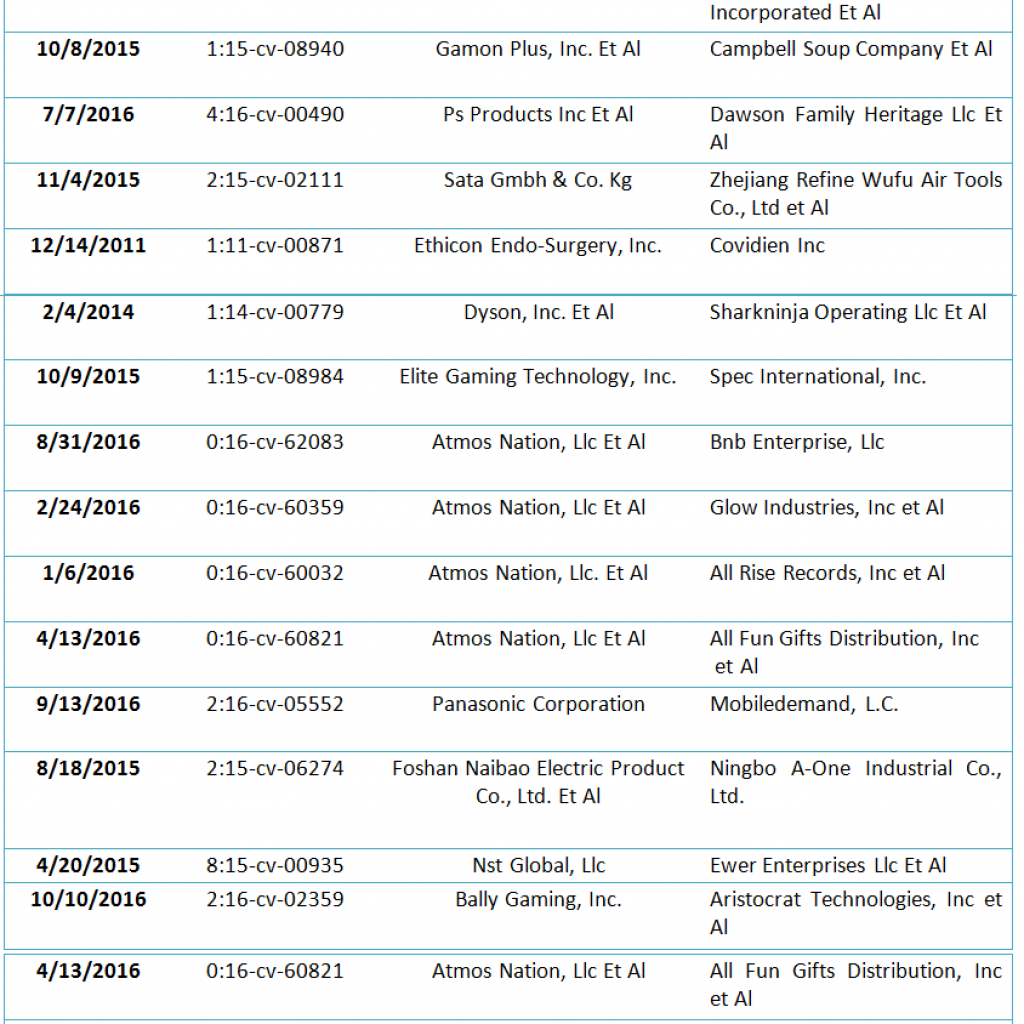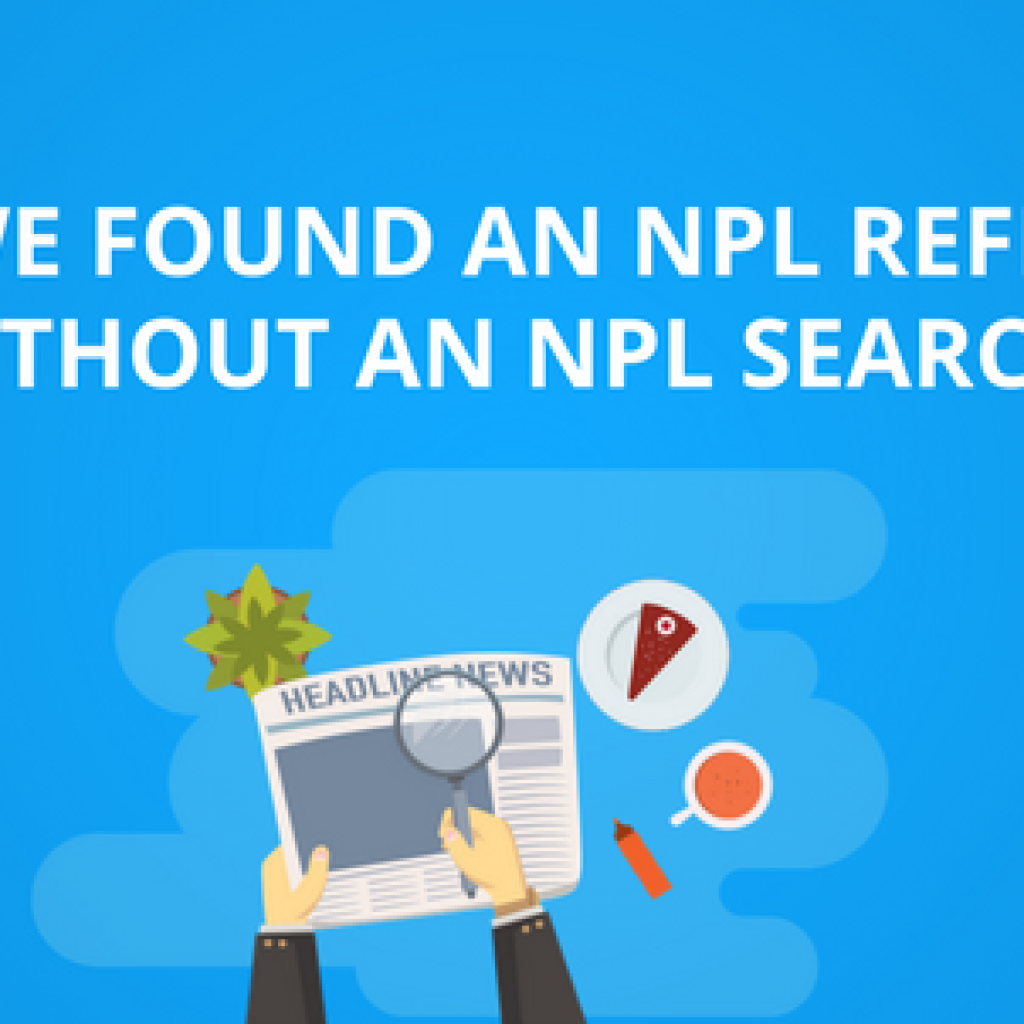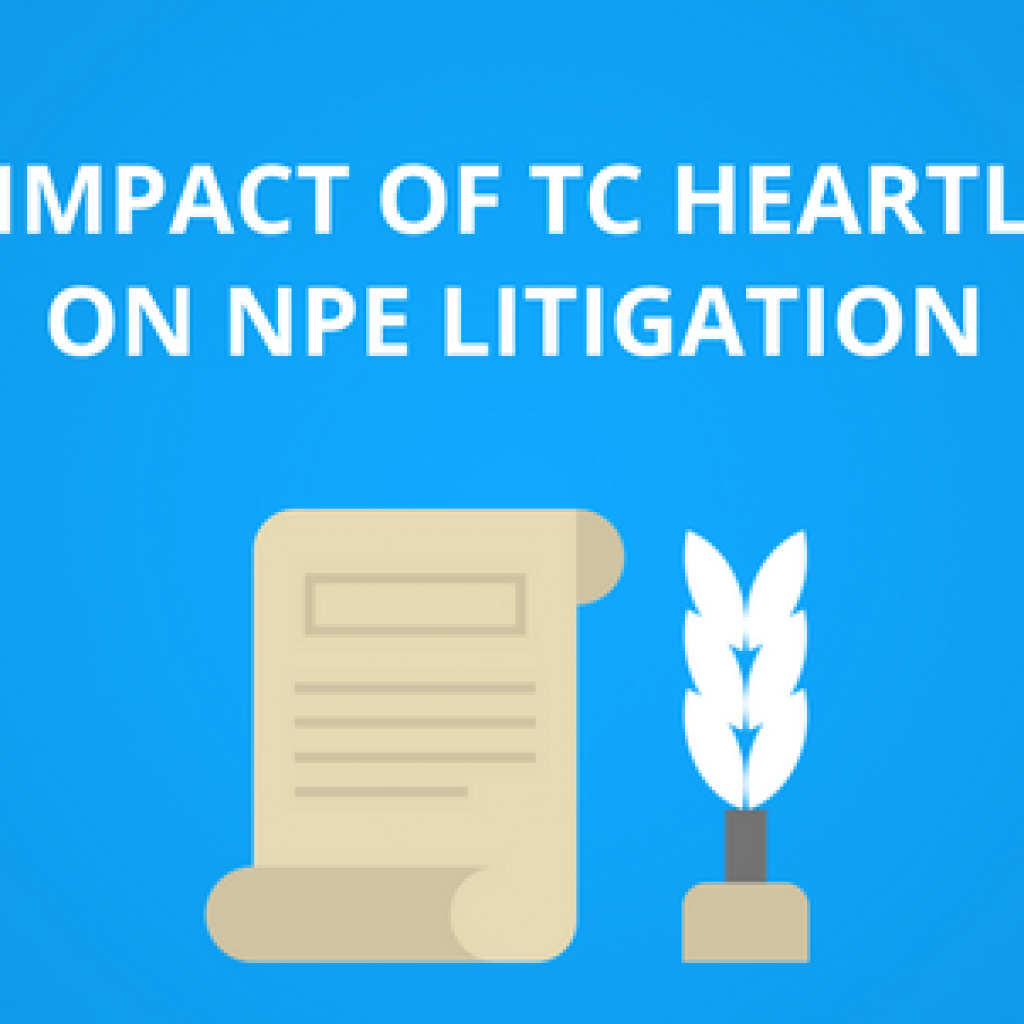“I have always imagined that Paradise will be a kind of library.”
― Jorge Luis Borges
I’ve heard this quote many times, yet hadn’t felt it until now. Recently, I was analyzing the stats of the projects we’ve done over the last year and was very happy that in the majority of the cases we did, the team implemented unconventional ways of finding the prior art. Though we have shared a lot of such out of the box strategies openly on our blog, this one is special.
This strategy that got the most out of, is “Searching in Books”.
This is one strategy that we always keep in our checklist while working on a project, and believe me, we’ve never come out empty-handed. Either we get what we are looking for, or we pave a path to reach there (what I mean is we get potential leads to follow up).
Now, you must be thinking that why are we stressing on books so much. The other prior art sources (patents, research papers, articles, blogs, etc.) would be equally effective and serve just the same. Then why books, Right?
Sure, they are effective, but when a certain concept is written in a book, it becomes a very strong CGK (Common General Knowledge) that is accessible to the public.
It is like putting background knowledge of a domain in the spotlight which makes it easy to prove that the particular concept related to the domain (mentioned in the background knowledge) is not innovative, rather it is a fact whose specifics can be built if the background knowledge is publicly available.
To make it more clear, when a certain concept is written in a book for worldwide distribution, the author of the book makes sure to research/study that particular concept in detail. He then has a thorough knowledge of that particular domain (he becomes kind of an expert) and then he conveys that knowledge further which becomes widely accessible to the public.
From a school student to a university professor to a scientist, anybody can get their hands on this knowledge and develop their understanding of the domain through it. It then becomes very easy for them to implement the theoretical knowledge shared in the books into a practical working model.
Let’s consider, for instance, a technology, say “an e-cigarette having a USB port”. Now, surely, the circuitry that’ll be used for the implementation of such a product would be the same if an e-cigarette and a USB are prepared separately. And if such circuit details could be found in books, they become an object of general knowledge, and anyone skilled in the art having their hands on this information would know that if they have to combine two products (in this case, e-cigarette and USB), what components they’ll require to do the same. They’ll just have to adjust the placement of components and ta-da, their job is done!
To sum up, the court relies on facts, proofs, or the opinion of an expert. And if a book discusses a particular concept (that is also in-line with the invention of the target patent), the court understands that it is common general knowledge which encompasses more information of the domain which might not be the case with state-of-art literature; and if anyone skilled in the art gets the access of this information, he can very well know the background story and with knowing-it-all, conversion of theory to practice becomes relatively easy.
(Pro Tip – Book disclosures in combination with patent prior art always work out.)
Let me illustrate the above point using a couple more examples –
While working on a project related to ‘codeword generation’, we were looking for a specific feature with a cut-off date of 2005. As always, we started searching in books (few of our sources include Internet Archives, Google Books, Talk to Books, etc.). After many clicks here and there, and tracking multiple leads, we came across a book that gave away that concept in an exemplary form. Now, the best part is that the book was published in 1980 (25 years back, much before the priority date!).
Net-net, we shared this with the client and he gave us a heads-up for this prior art.
Job Well Done!
The other project was related to Query Optimization. Here we needed to find a specific way of optimizing the query. While analyzing multiple books, we kept on noting down their authors (as we usually do). Afterward, we shortlisted two main authors who seemed to have worked well in the domain. We tracked their research papers and patents and Hallelujah!, we got our hands on a bang-on prior-art.
Adding to this, we got more leads to follow up (keywords, classes, articles, and blogs) which made the process of finding promising results quicker and smarter. As always desired by us, the client was happy as his requirements were catered and sufficed. And just like that, we seized the day.
The list of our success stories can go on and on, but I am sure I have cleared my reasoning as to why books could be a perfect start to finding prior art. And just like books, over the years we have discovered other unconventional approaches to finding prior art. Wish to know more about them? Then follow our journey by subscribing to our blog.
Want us to explore the lands of prior art for you?
Authored by: Supreet Kaur (Search Team)










